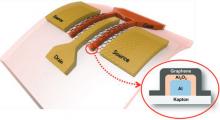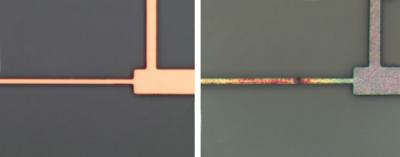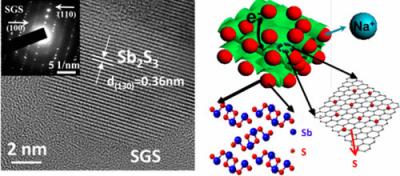Graphenea, Nokia and IEMN-CNRS collaborate to create high-frequency graphene transistors on flexible substrates
Scientists from IEMN-CNRS, Graphenea, and Nokia have demonstrated flexible graphene transistors with a record high cut-off frequency of 39 GHz. The graphene devices, made on flexible polymer substrates, are stable against bending and fatigue of repeated flexing.

The graphene field effect transistor (GFET) is made from high quality CVD grown graphene with a carrier mobility of ~2500 cm2 V-1 s-1 on a flexible Kapton substrate with a thin alumina dielectric spacer in the channel region. The use of such sophisticated and optimized materials leads to the record high frequency performance as well as stability against bending. The GFET reportedly continues to operate even after 1,000 bending cycles and can be flexed to a radius of 12 mm with a cutoff frequency shift of up to 10%.







